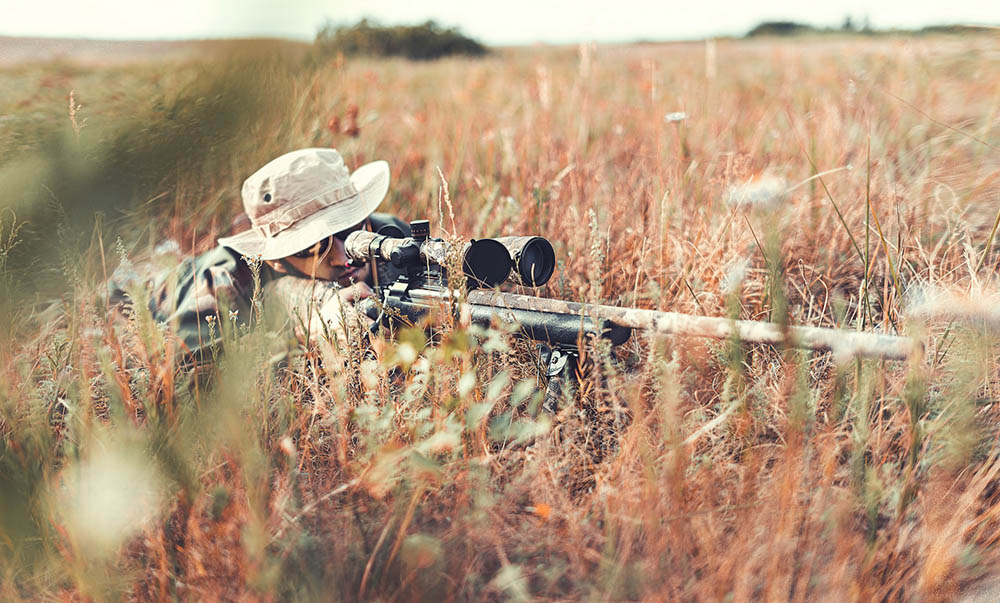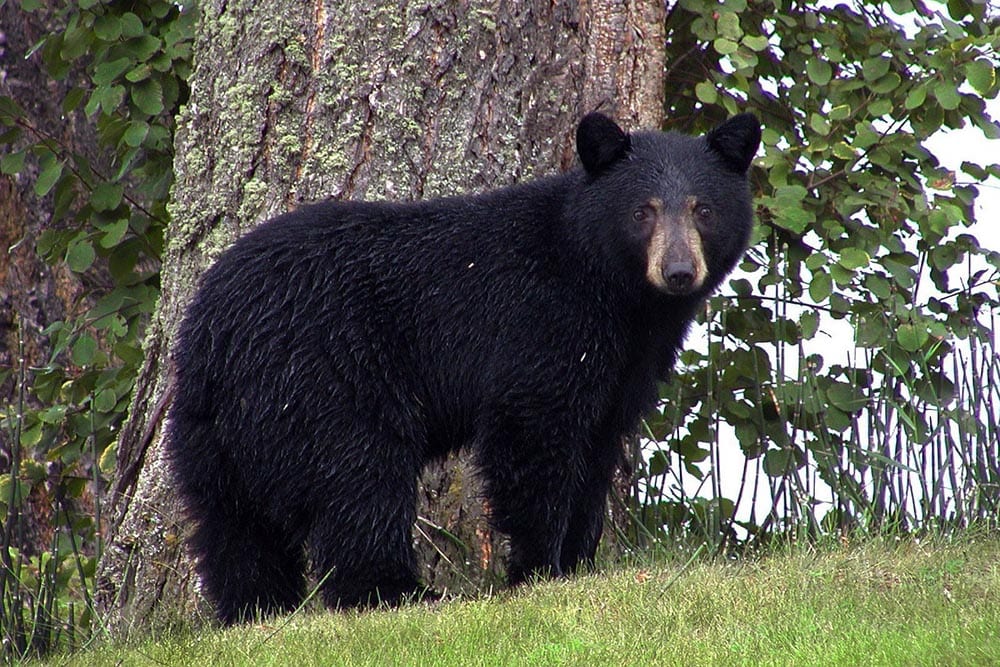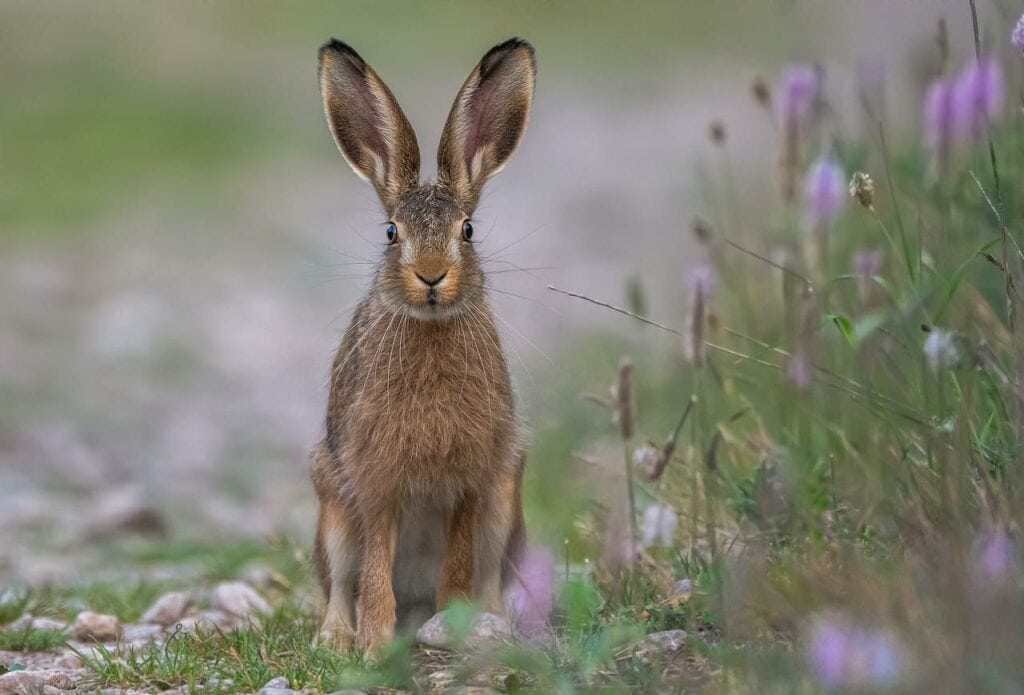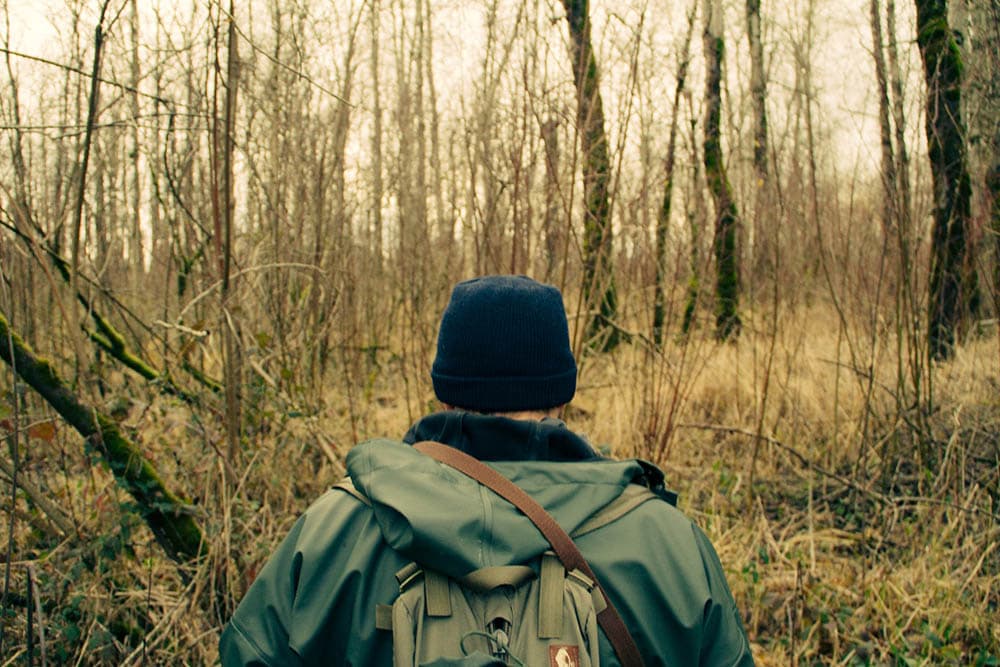What Animals Can You Hunt in Kentucky? 8 Common Game Species
Last Updated on

Kentucky is one of the most beautiful states in the US and is loved for its diverse landscape. The state is full of breathtaking views of mountains, rivers, forests, and caves, which makes obvious its wide selection and population of wild animals.
Hunting in Kentucky means you’re never out of options to hunt, so whether you’re up for a small or big game, this is a perfect state to enjoy your designated hunting seasons. The list of game species in Kentucky includes elk, turkey, squirrel, and many other birds in the region.
Keep reading to explore the most common game species to hunt in Kentucky.

The 8 Common Game Species to Hunt in Kentucky
Kentucky is home to many mammals, insects, birds, reptiles, and amphibians, making it a land of opportunities for hunters. Here are the eight most common game species in Kentucky:
1. Deer

The deer hunting season in Kentucky runs from September to January, varying based on zone, with the permission of hunting antlered and antlerless deer. A hunter may only hunt one antlered deer and three or four antlerless deer per season.
Moreover, hunters may only use modern rifles, handguns, longbows, crossbows, and muzzleloading equipment. Finally, it’s important to note that party hunting is illegal in Kentucky. Hunters must claim any deer they take as their own. The Green River Region is a great spot to hunt deer in Kentucky, with the top counties being Ohio, Logan, Hopkins, and Todd.
2. Elk

The elk hunting season in Kentucky runs from September to December, varying based on zone, with the permission of hunting Rocky Mountain elk. A hunter may only hunt one elk per season using crossbows, center-fire rifles, pistols larger than a .270 caliber, or 20-10-gauge shotgun used with slugs.
Hunters must have an annual Kentucky hunting license and an Out-of-Zone Elk Permit while hunting elk. Currently, Kentucky has over 10,000 elk in its herd. Knott, Leslie, Martin, Perry, and Breathitt are a few counties that hold the most elk in Kentucky.
3. Turkey

The turkey hunting season in Kentucky runs from September to December, varying based on zone, with the permission of hunting male turkeys or turkeys with a visible beard. A hunter may only hunt one turkey per day and two per season, using longbows, recurve bows, shotguns, and compound bows.
Hunters must have a valid Kentucky hunting license and a valid spring turkey permit while hunting turkey. Currently, Kentucky has somewhere between 330,000–440,000 wild turkeys. Muhlenberg, Logan, Christian, Pulaski, and Hart are a few counties that hold the most turkeys in Kentucky.
4. Black Bear

The bear hunting season in Kentucky runs from June to December, varying based on zone, with the permission of hunting black bears. A hunter may only hunt one bear per license year, using archery, crossbow, or firearms.
Hunters must have an Annual Hunting License and a Bear Chase Permit or Junior Bear Chase Permit. Currently, Kentucky has less than 1,000 black bears. Bell, Clay, Floyd, Harlan, Knott, Knox, and Laurel are a few counties that hold the most bears in Kentucky.
5. Squirrel

The squirrel hunting season in Kentucky runs from August to February, varying based on zone, with the permission of hunting eastern gray squirrel, fox squirrel, red squirrel, flying squirrel, and Western gray squirrels. A hunter may only hunt six squirrels per day and 12 per season, using rimfire rifles and handguns, muzzleloading or breech-loading shotguns, archery equipment or crossbows, and air rifles.
Hunters must have a trapping license for hunting squirrels. Kentucky has a wide range of eastern gray, northern fox, and southern flying squirrels. Hickory, beech, pecan, black walnut, and white oak trees hold the most squirrels in Kentucky.
6. Rabbit

The rabbit hunting season in Kentucky runs from November to February, varying based on zone, with the permission of hunting rabbits, varying hares, and jackrabbits. A hunter may only hunt five rabbits per day and 10 per season, using shotguns, longbows, and crossbows.
Hunters must have a trapping license for hunting rabbits. Currently, Kentucky has the eastern cottontail and Appalachian cottontail in healthy populations. The former is found throughout the state and the latter in the mountains of the southeast.
7. Bobwhite Quail

The quail hunting season in Kentucky runs from November to February, varying based on zone, with the permission of hunting bobwhite quail. A hunter may only hunt eight quails per day and 16 per season, using 410, 28-gauge, 20-gauge, and 12-gauge firearms.
Hunters must have an annual hunting license for hunting quails in Kentucky. Kentucky has various quail hunting areas, with Peabody WMA being the most popular one.
8. Grouse

The grouse season in Kentucky runs from November to February, varying based on zone, with the permission of hunting ruffed grouse. A hunter may only hunt four grouse per day and eight per season using shotguns.
Hunters must have an annual hunting license for hunting grouse in Kentucky. Most grouse are found in hilly, forested regions of Eastern Kentucky. The best time to hunt them is early morning to late afternoon.
What Are the Hunting Rules in Kentucky?
No matter how expertly you hunt in Kentucky, adhering to Kentucky’s hunting laws and regulations is most important. Here are a few you should keep in mind.
- Hunters born after 1971 must complete the hunter education training program and show their hunter education certificate.
- Juveniles younger than 16 years don’t need state or federal migratory waterfowl stamps, but they may not possess a firearm until they’re 18.
- According to their hunting specialties, hunters must have a hunting license, an annual junior hunting license, trapping license, shooting preserve license, deer, trout, migratory bird permits, etc.
- Hunters younger than 10 require adult supervision.
- Party hunting is illegal; hunters must claim the game they harvested.
- Hunters must keep their orange clothing on, even near the stand.
- Hunters must obtain permission before retrieving their animal that has wandered off to private land.

Where to Find Hunting Animals in Kentucky
The Daniel Boone National Forest is the best place to find hunting animals in Kentucky, holding a wide herd of deer, wild turkey, ruffed grouse, quail, woodcock, squirrel, rabbit, fox, raccoon, waterfowl, and elk. Most hunters prefer to hunt in the Daniel Boone National Forest with the appropriate licenses.
Kleber WMA, Jones-Kenney WMA, Miller Welch-Central Kentucky WMA, Otter Creek Outdoor Recreation Area, Taylorsville Lake WMA, and West Kentucky WMA are some self-serve ranges in Kentucky for public lands hunting.
If you’re looking for deer, Hart County is the best place to go, but Casey, Henderson, Lewis, and Grayson are some good alternatives too. Bell, Breathitt, Clay, Floyd, Harlan, and Johnson counties are better options for hunters searching for elk.
Finally, Peabody WMA is the best place for those who want to hunt small game. More specifically, rabbits are more often found in the mountains of the southeast, while the grouse reside in hilly, forested regions of Eastern Kentucky.

Conclusion
Although some might find it outdated, many people still consider hunting an essential way to enjoy the varying seasons yearly. Hunting can be a lot more enjoyable if you’re aware of the common game species in Kentucky and their habits, allowing you to make an easy shot. Just make sure to abide by the laws and regulations of the particular state for a safe seasonal game and you’re good to go.
Featured Image Credit: maxzzerzz ❄, Unsplash
About the Author Jeff Weishaupt
Jeff is a tech professional by day, writer, and amateur photographer by night. He's had the privilege of leading software teams for startups to the Fortune 100 over the past two decades. He currently works in the data privacy space. Jeff's amateur photography interests started in 2008 when he got his first DSLR camera, the Canon Rebel. Since then, he's taken tens of thousands of photos. His favorite handheld camera these days is his Google Pixel 6 XL. He loves taking photos of nature and his kids. In 2016, he bought his first drone, the Mavic Pro. Taking photos from the air is an amazing perspective, and he loves to take his drone while traveling.
Related Articles:
What Is the Best Binocular Magnification for Hunting? Optical Features Explained
Can You Use Binoculars to Look At Stars? How to Choose the Right Pair
How to Clean a Refractor Telescope: Step-by-Step Guide
How to Clean a Telescope Eyepiece: Step-by-Step Guide
How to Clean a Rifle Scope: 8 Expert Tips
Monocular vs Telescope: Differences Explained (With Pictures)
What Is a Monocular Used For? 8 Common Functions
How to Clean a Telescope Mirror: 8 Expert Tips
